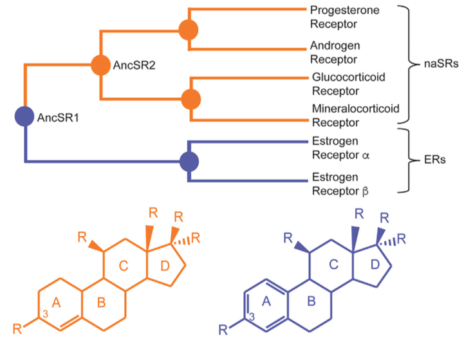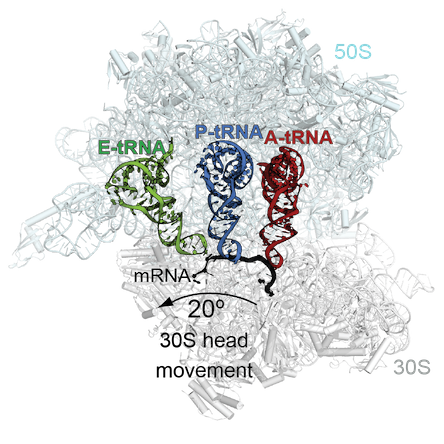“Stop feeding him milk right away – just to be safe” was not what a new mother wanted to hear. The call came several days after Tamara Caspary gave birth to fraternal twins, a boy and a girl. She and husband David Katz were in the period of wonder and panic, both recovering and figuring out how to care for them.
“A nurse called to ask how my son was doing,” says Caspary, a developmental biologist in Emory’s Department of Human Genetics. “She started asking about vomiting and other specific symptoms.”
Her son had tested positive by newborn screening for a rare disorder called galactosemia. Galactosemia is an inherited disease that results from inability to metabolize galactose, a component of human milk and cow-milk-based formula. If a baby with “classic” galactosemia continues to drink milk, the baby may quickly develop symptoms such as jaundice, vomiting and diarrhea, progressing to liver disease and other serious complications that can lead to infant death. If a newborn has classic galactosemia, it is critical for the baby to stop drinking milk and switch to a low-galactose formula, such as soy-based formula, as soon as possible.
Caspary and Katz, a cell biologist, learned several days later that their son did not have classic galactosemia but instead had inherited Duarte galactosemia, a milder, more common form of the metabolic disorder, affecting more than 1 in 5,000 children in the United States. But there was still a looming question.
“We needed to figure out what to feed the baby!” Katz exclaimed, recalling their confusion years later.

The looming question was: what to feed the baby?
Their pediatrician didn’t know what to recommend. Galactosemia, in whatever form, is rare enough in the US that most pediatricians don’t develop experience with it. There was no uniform standard of care, and state-level guidelines for children with Duarte galactosemia varied widely, from no dietary restrictions to banning all milk products for the first year. Some of the limited research available at the time suggested that affected children might experience developmental problems as they grew up. Read more












